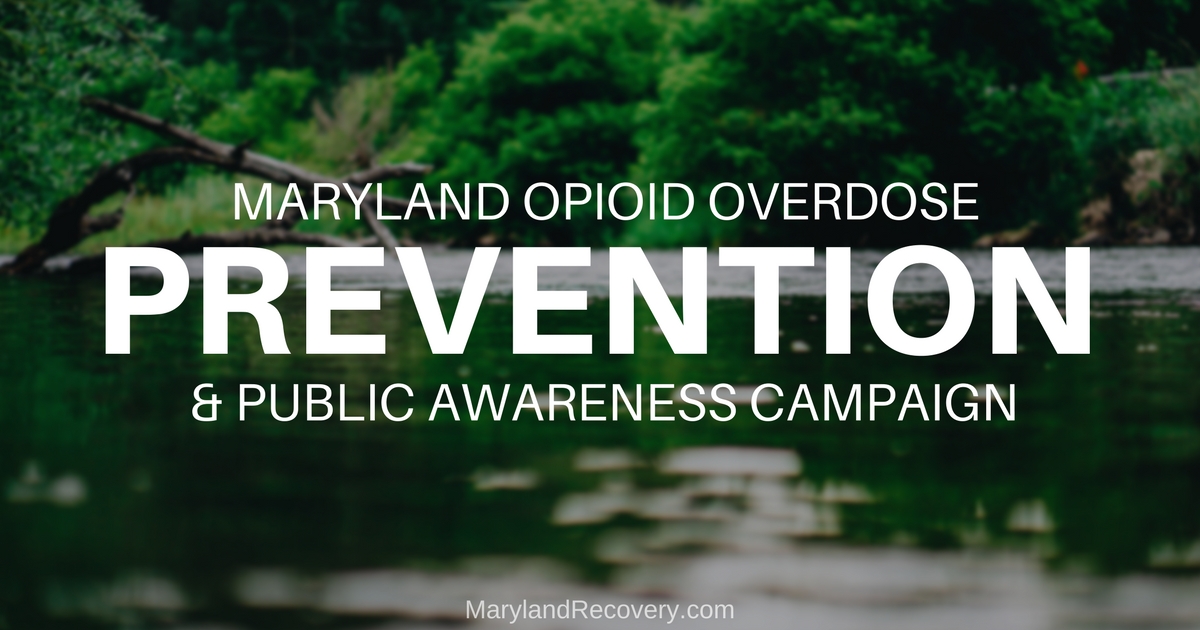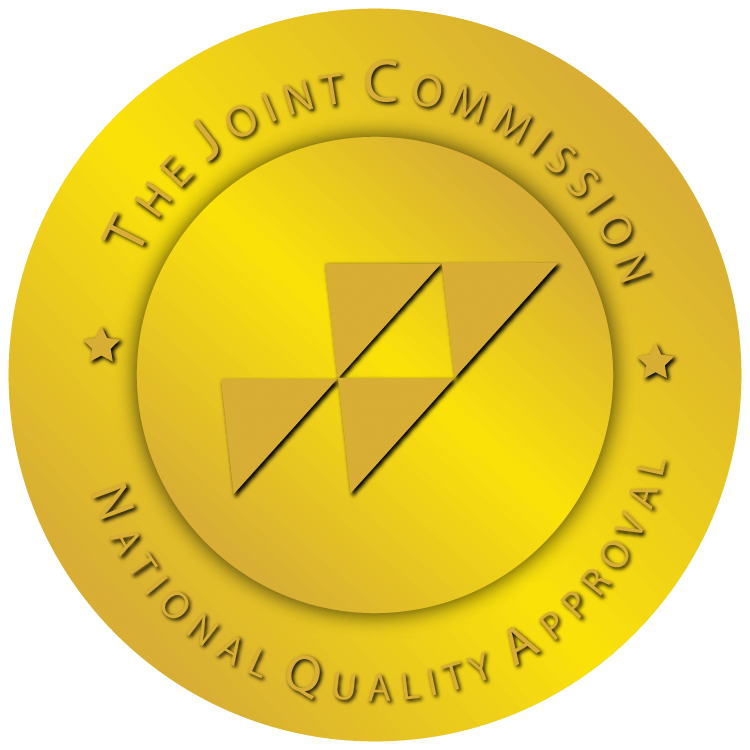 The Maryland Department of Health and Mental Hygiene is dedicated to preventing opioid abuse and overdose across the state. To that end, they have mounted the next in a series of public awareness campaigns. These campaigns involve the distribution of pamphlets, posters, and emergency cards to individual health departments within Maryland communities. Health departments then distribute the information throughout their jurisdictions.
The Maryland Department of Health and Mental Hygiene is dedicated to preventing opioid abuse and overdose across the state. To that end, they have mounted the next in a series of public awareness campaigns. These campaigns involve the distribution of pamphlets, posters, and emergency cards to individual health departments within Maryland communities. Health departments then distribute the information throughout their jurisdictions.
What Are Opioids?
An opioid is a substance that binds to one or more of three opioid receptors in the body, which are found primarily in the gastrointestinal tract as well as the central and peripheral nervous systems. They produce a morphine-like effect to relieve pain. Although they are pills, opioids come in liquids as well as tablets or capsules.
Many opioids are prescription drugs, which patients take to deal with legitimate health concerns. Over time, however, patients often become addicted to their prescriptions. Opioids such as OxyContin, Percocet, Demerol, and Tylox are extremely potent. Users reject more generic, safer drugs because they don’t provide the same level of relief or highs, they are used to.
Some opioids are obtained over the counter. Tylenol with the opioid codeine and Robitussin A-C are used to treat mild to moderate pain, coughs, or cold symptoms. However, they can be as dangerous as prescription opioids if overused.
Effects of Opioids
Opioid effects are myriad and extremely dangerous. In the short term, opioid overuse leads to drowsiness or nausea. Constipation is another common symptom because opioids adversely affect the body’s ability to process food and waste. Opioid users may have trouble breathing; his or her breathing may become slow, erratic, or labored.
A long-term opioid addiction increases these symptoms’ severity. Opioid addicts will experience bone and muscle pain, restlessness, and insomnia. Many users report getting goose bumps or cold flashes. Long-term addiction leads to frequent diarrhea, constipation, and vomiting. If untreated, opioid addictions result in overdose, coma, and death. Those who have built opioid tolerance are especially at risk because they must take higher doses of opioids to achieve desired highs.
Older adults are especially at risk when taking opioids, as the drugs can cause falls among other issues, such as increased drowsiness, constipation, and urinary retention.
The Dangers of Fentanyl
Fentanyl is a particularly dangerous, synthetic opioid, on which Maryland’s latest public awareness campaign is concentrating. Fentanyl can be mixed with heroin, cocaine, and other illegal drugs, and used intravenously, orally, snorted, or inhaled. Fentanyl can kill instantly – it is an undetectable drug, and 50-100 times more potent than morphine. Most cases of fentanyl overdose are first classified as a heroin overdose, due to the similarities between the drugs.
Although fentanyl is a legal prescription drug, illicitly produced fentanyl has become common across Maryland. Some illegally produced fentanyl comes from abroad, making it harder to track and control.
Fentanyl overdoses have become more common in recent years. People who witness an overdose often don’t call for help, afraid they will get arrested or face negative consequences.
How Maryland is Saving Lives
Maryland has taken several measures to prevent overdoses and deaths from fentanyl and other opioid drugs. One such measure is the Good Samaritan Law, which protects those assisting an overdosing individual from arrest and expanded charges. Under the Good Samaritan Law, a person helping an overdosing individual cannot be arrested, charged, or prosecuted for providing alcohol to minors, possession or use of drug paraphernalia, or possession or use of a controlled dangerous substance. If the person is on probation or parole, his or her status will not be affected.
Additionally, Maryland is raising awareness of naloxone, a prescription drug that reverses the effects of an opioid overdose. A new Statewide Standing Order is in effect, allowing Overdose Response Program (ORP) certificate holders to obtain naloxone without a prescription. Physicians and pharmacies also regularly stock this drug. Medical professionals may work on an overdose victim as long as an hour before pronouncing him or her dead.
Maryland encourages its citizens to become Overdose Response Program certificate holders; local training is available throughout the state for qualified individuals. Residents are also invited to learn as much as possible about illegal drug use and overdose prevention, as well as prescription drug disposal. Maryland citizens who are already addicted to opioids or other drugs are encouraged to seek help from a local rehabilitation facility, such as Maryland Recovery.
Programs & Awareness about Opiate Prevention & Reporting
Awareness is the start of any successful campaign. Maryland is taking great steps to make sure that the public is aware that there is potential for abuse and addiction. Opiates can be a helpful part of pain treatment. However, many people are abusing the drugs that are prescribed to them for their chronic pain. There are a few programs that specialize in making sure that these incidents will be reported and that there is no stigma for those who do report as they often have problems with abuse or other legal problems themselves.
To Learn More About Prevention & Programs for The War on Opiates
CONTACT MARYLAND RECOVERY TODAY:
Reviewed by Christopher Schwartfigure MS, LGPC, CAC-AD








